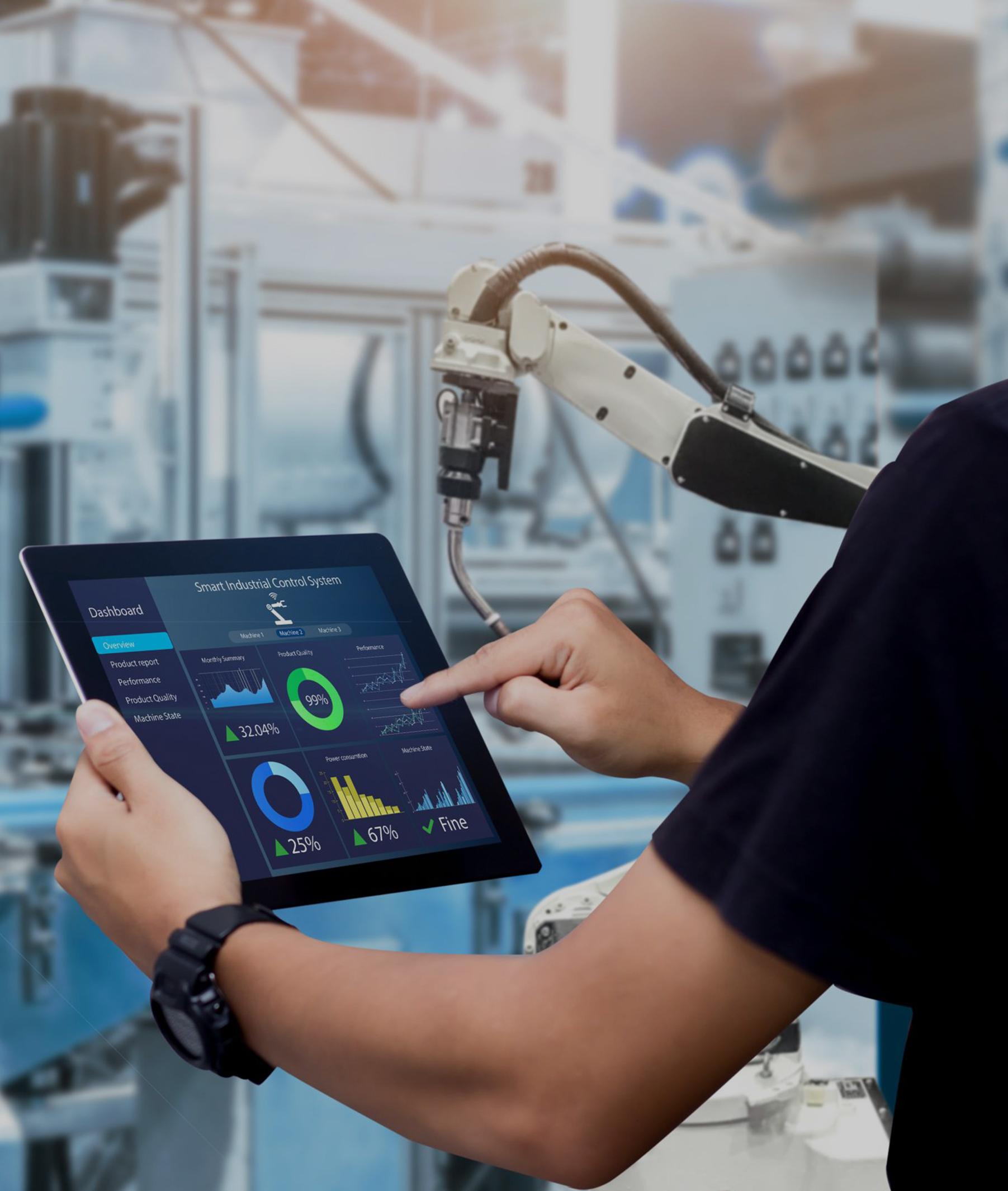
 |
Same Day Shipping for Stock Items |
|
DHL / Fedex / UPS / Aramex |
|
|
Professional one-on-one service |
|
100% brand new and original |
|
The ABB 3BHE014023R0101 UFC789 AE101 FSCD-Board is a highly specialized signal processing and control board used in ABB's industrial automation and control systems. |
Picture/Video
Get Products pictures or Video for Inspection
|
Specification |
Product Image |
|
|
Brand Name |
ABB |
|
|
Model Number |
3BHE014023R0101 |
|
|
Alternate Part Number |
UFC789 AE101 |
|
|
Condition |
100% Original |
|
|
Quality |
Brand New |
|
|
Dimensions |
33.2x25x3.5cm |
|
|
Description |
FSCD-BOARD |
|
|
Package |
Original Package |
|
|
Lead time |
In Stock |
|
|
Shipping term |
UPS DHL TNT EMS Fedex |
|
|
Payment |
T/T (Bank Transfer) |
|
|
Service |
One-Stop Service |
|
|
Weight |
0.36kg |
|
|
Warranty |
12 Months |
|
This board is designed to manage field signals from various sensors, execute control algorithms, and communicate with the system’s central control processor. The FSCD-Board plays a crucial role in ensuring accurate signal processing, precise control, and reliable operation in complex industrial systems.
Specification
Attribute
Value
Model Number
3BHE014023R0101 UFC789 AE101 FSCD-Board
Functionality
Signal processing, control, and data acquisition
Input Types
Analog signals, Pulse, Digital, Process signals
Signal Conditioning
Filtering, Amplification, Signal conversion
Communication Interface
Fieldbus, Modbus, Serial, TCP/IP
Processor
High-speed processing for real-time control
Input Voltage Range
24 VDC nominal
Resolution
16-bit or higher, depending on the input signal type
Operating Temperature
-20°C to +60°C
Storage Temperature
-40°C to +85°C
Mounting
DIN rail or panel mount
Dimensions
33.2x25x3.5cm
Weight
0.36kg
System Compatibility
Compatible with ABB's control systems and DCS
Frequently Asked Questions (FAQ)
What is the main function of the UFC789 AE101 FSCD-Board?
The board is used for processing and conditioning signals, executing control algorithms, and interfacing with ABB's control systems in industrial automation and process control applications.
What types of signals can the FSCD-Board handle?
The board handles a variety of input types including analog signals, pulse signals, digital inputs, and process signals.
What communication protocols are supported by the FSCD-Board?
It supports multiple communication protocols such as Fieldbus, Modbus, Serial communication, and TCP/IP.
NOTE:
1. The products quoted are brand new and original with a one-year warranty
2. Prices are ex works, for shipping calculations, Please send to my Email
3. Cooperation with the express delivery of DHL / Fedex / UPS / Aramex, etc,Delivery time is approximately '' 5 days '' from our warehouse to the destination country
4. Quotation validity: 30 days, if you need to extend, please reconfirm the price after 30 days.
5. Payment Term: 100% advance payment by bank transfer.
6. For the products '' in stock '' in the offer, our company can support video inspection
|
PU516 3BSE013064R1 Engineering Board |
CC-PDOB01 Digital Output 24V Module |
|
TEU471-EX.A P.11471-0-3011011 F.6.880581.2 temperature transmitter transforms |
CC-PUIO31 Input Output Module |
|
TB807 3BSE008538R1 Terminator for Modulebus |
CC-PUIO01 Universal I/O Module |
|
CMA137 3DDE300417 Connection Module |
CC-TUIO01 Universal I/O Module |
|
NPCT-01C 64009486D Pulse Count/Timer |
CC-PWR401 Power Supply |
|
UVISOR-MFD EC-DOC-G009MAN005 EC-BOM-G009HLA005Uvisor MFD Control Unit |
TP-FPW231 FLAT PANEL DISPLAY 23 INCH WIDESCREEN |
|
E5LA HENF105296R0001FILTER |
CC-PCF901 Control Firewall Module |
|
HIEE400659R1 GD9993B-EPower Board |
CC-TCF901 9 Port Control Firewall Module |
|
YPQ112B 63986780CIRCUIT BOARD |
CC-PFB401 Fieldbus Interface Module |
|
CI540 3BSE001077R1S100 I/O Bus Extension |
CC-TFB412 Fieldbus Interface IOTA Module |
|
DO630 3BHT300007R1Digital Output Module |
CC-PDIL01 Digital Input 24V Module |
|
TC512V1 3BSE018059R1twisted pair modem |
FC-PSU-UNI2450U Power Supply Unit |
|
DRA02 37411-4-0369673Output module |
FC-TSRO-0824 Digital Output Field Termination Assembly |
|
DSQC104Resolver Board |
FC-FANWR-24R Fan Assembly Kit |
|
YPG 111A YPG111APower Measuring Unit |
FC-IOTA-R24 Redundant IO Termination Assembly |
|
SNAT7030 SNAT 7030circuit board |
FC-RUSIO-3224 Remote Universal Safe IO Module |
|
IMHSS03Hydraulic Servo Module |
FC-TSRO-08UNI DO(RELAY) FTA SIL3 COMMON POWER 8CH |
|
ICSK20F1 FPR3327101R1202Remote I/O Unit - 24 VDC |
MC-PLAM02 51304362-150 LOW LEVEL ANALOG MUX |
|
SDCS-AMC-DC-2 COAT 3ADT220090R0040CONTROL UNIT |
FC-PSU-UNI2450U V2.0 Power Supply Unit |
|
RDO86-16LRelay Unit |
CC-PAIH02 51405038-375 Hart Analog Input Module |
Our hours